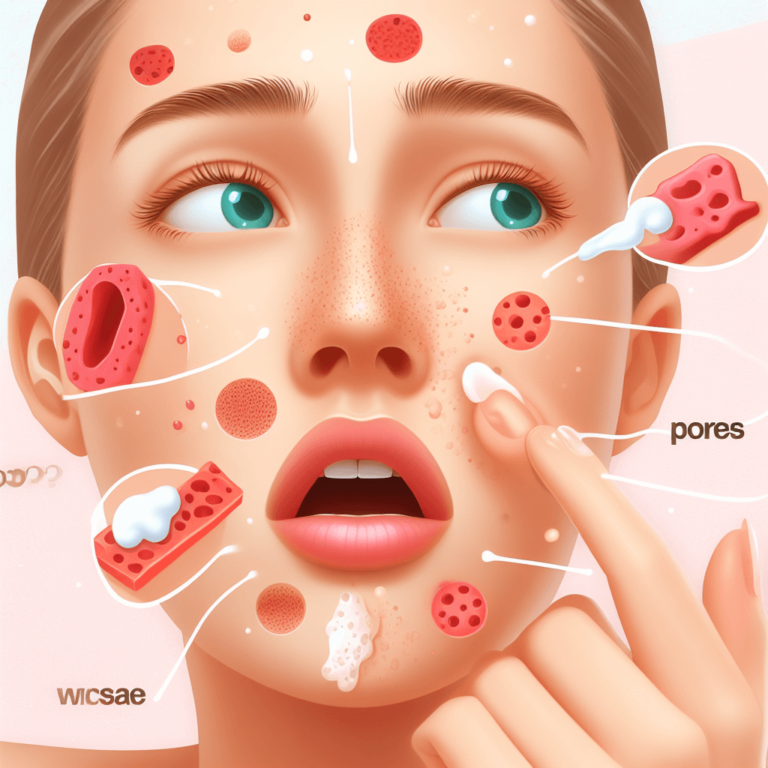How Long Does it Take For a Pore To Clog?
The timeline for a pore to become clogged varies due to multiple factors. Let’s explore the variables influencing how quickly pores can get obstructed.

1. Pore Clogging Process
Pore clogging occurs when dead skin cells, excess oil, or external debris accumulate within the pore, initiating the blockage. This process can occur gradually over time.
2. Individual Skin Characteristics
Skin types differ in sebum production and cell turnover rates. Oily skin tends to produce more oil, potentially leading to faster pore blockages, whereas dry skin might experience slower buildup.
3. Environmental Factors
Exposure to environmental pollutants, humidity levels, or sweating can contribute to quicker pore clogging by attracting dirt and impurities to the skin’s surface.
4. Skincare Habits and Products Used
Inadequate cleansing or the use of pore-clogging products can expedite the pore-clogging process. Non-comedogenic products are less likely to cause pore blockages.
5. Onset of Skin Conditions
Skin conditions like acne or dermatitis can accelerate pore clogging. Inflammation and increased oil production associated with these conditions may expedite the process.
6. Timeline Variation
Pore clogging can occur within a few days to weeks, depending on the combination of factors such as skin type, environmental exposure, skincare habits, and existing skin conditions.
Final Insights
The duration for a pore to become clogged varies significantly based on multiple factors. Consistent skin care practices, including proper cleansing and using non-comedogenic products, can help mitigate pore clogging.






